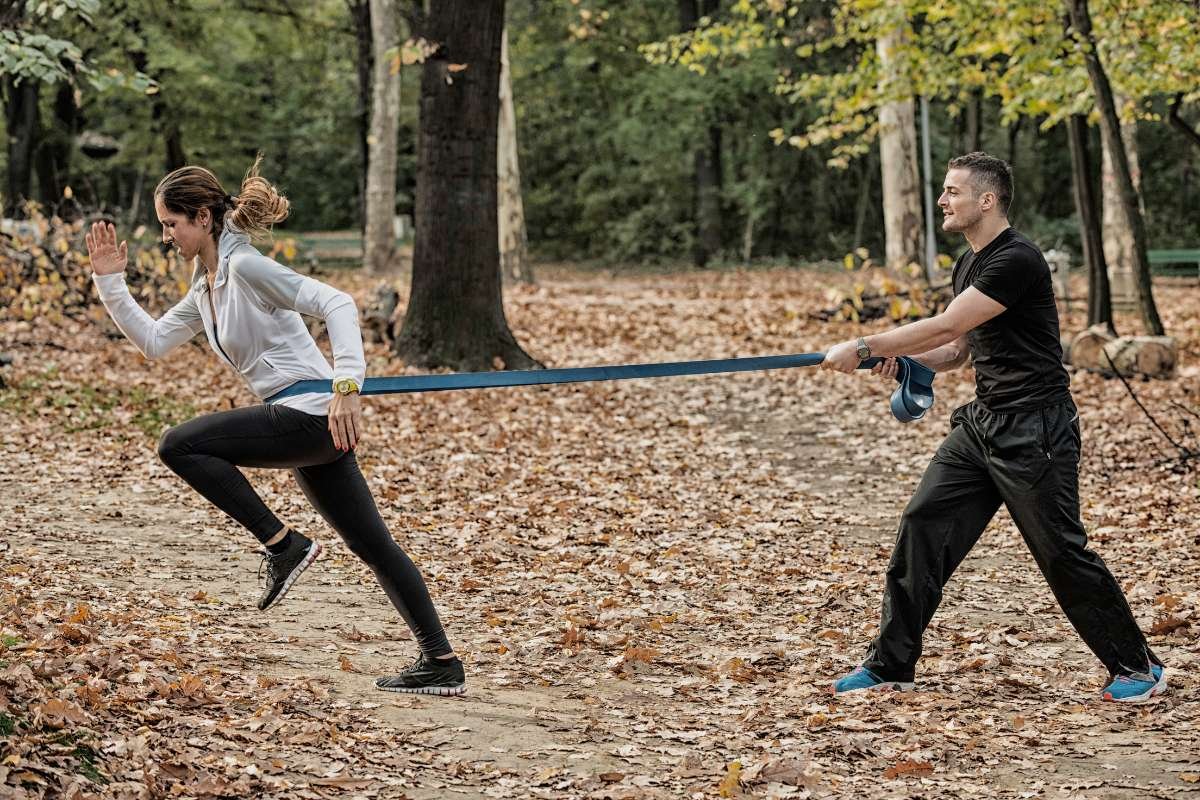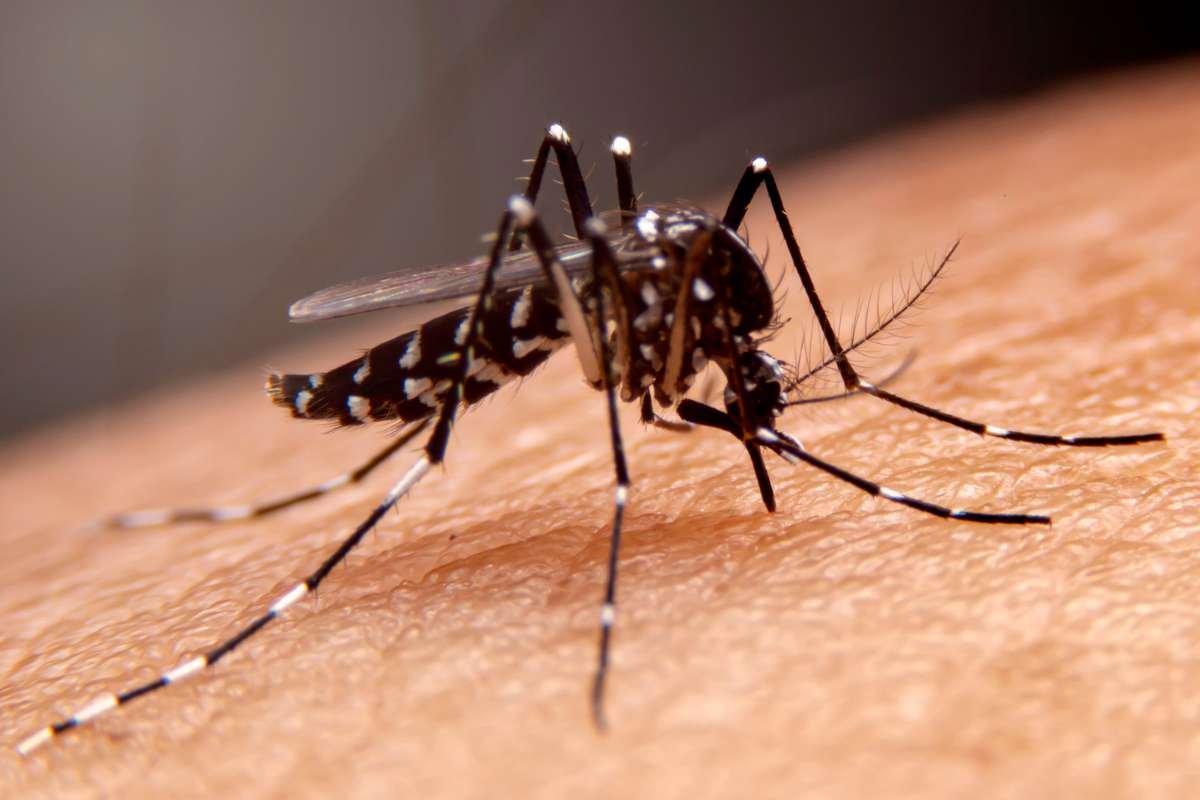A new study highlights the vital role of physical education, school sports, and physical activity (PESSPA) in promoting healthier, happier, and more resilient children and young people. Conducted by researchers at the University of Manchester in collaboration with the Youth Sport Trust, the study examines how PESSPA can address physical, emotional, and social challenges among students.
The Impact of Physical Activity on Young People
The research was carried out across five diverse schools, including two secondary schools, two primary schools, and one alternative provision, with each serving as a detailed case study. The findings revealed that many challenges hinder students from participating in physical activity, including inadequate facilities, socioeconomic barriers, and gender disparities. However, schools have found creative ways to overcome these issues through tailored programs, community partnerships, and student-centered approaches.
Students with special educational needs and disabilities (SEND) face unique barriers, including limited access to appropriate and well-funded facilities. The study suggests that inclusive practices, such as modifying sports activities to accommodate different abilities, can help bridge these gaps and promote greater inclusivity in physical education.
Another key finding of the research was the prevalence of sedentary behavior among young people. About 43% of students surveyed reported spending over four hours daily on screens, while 23% engaged in prolonged sedentary activities. The study also found that 7.2% of students often or always felt lonely, which is higher than the national average of 5.5%. Additionally, pupil happiness was rated at 6.4 out of 10, compared to the national average of 7.7.
Physical activity can serve as a powerful solution to these challenges by enhancing mood, reducing loneliness, and improving overall well-being. The study calls for greater efforts from policymakers and educators to harness the benefits of PESSPA and use it as a tool to uplift communities and drive long-term positive change.
Policy Recommendations for Schools and Policymakers
To support the integration of physical activity in schools, the study suggests several recommendations. One of the key proposals is for the Department for Education to prioritize safe, versatile, and inclusive sports facilities in all schools. Researchers propose launching a national consultation to gather insights from educators, practitioners, and school leaders on how to develop and maintain infrastructure that supports physical activity on a large scale.
Embedding physical activity in school culture is another major recommendation. This includes integrating PESSPA into both academic curricula and extracurricular activities, recognizing its role in fostering overall development. Local authorities are encouraged to support schools in forming partnerships with sports organizations to maximize reach and impact.
The study also stresses the importance of promoting equity by offering tailored programs for underserved groups, including girls and students with special educational needs. With the Children’s Wellbeing and Schools Bill currently under consideration, there is an opportunity to embed these initiatives into legislation to ensure long-term support.
To address the growing concerns over excessive screen time and sedentary behavior, researchers suggest developing policies and programs that raise awareness about the importance of active lifestyles. Schools and communities can work together to promote activities that encourage children and young people to stay engaged in physical movement.
Encouraging a Culture of Physical Activity
The study concludes that equipping educators and empowering young people requires a collective commitment to champion PESSPA as a core element of education and well-being. By placing physical activity at the center of school life, there is an opportunity to inspire a generation to thrive physically, mentally, and socially. Strengthening policies, investing in facilities, and encouraging inclusive participation can ensure that every child benefits from the lifelong advantages of an active lifestyle.







